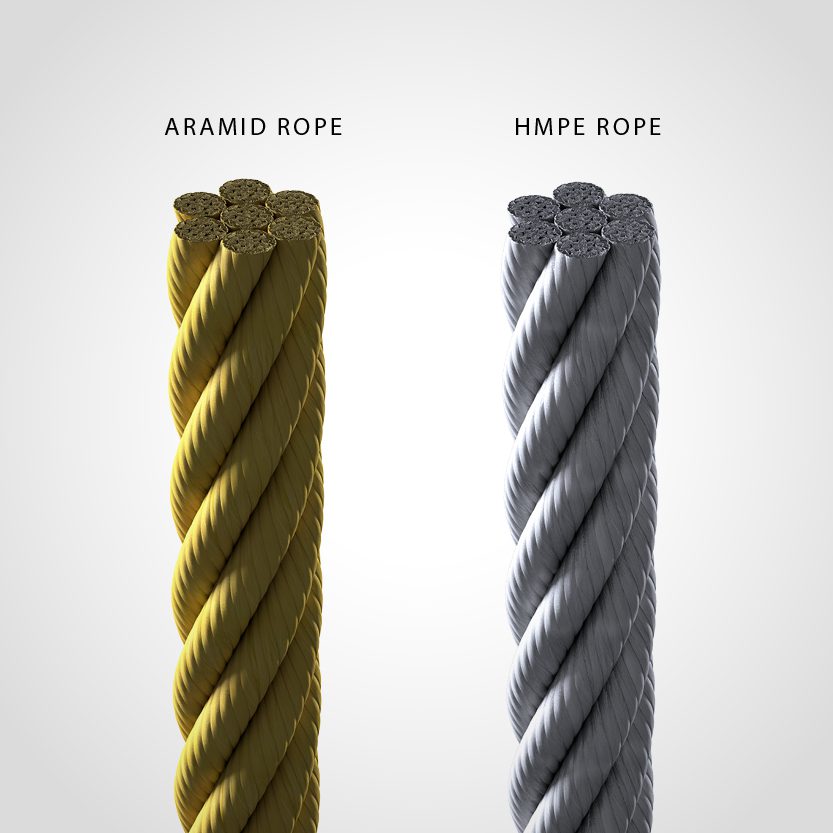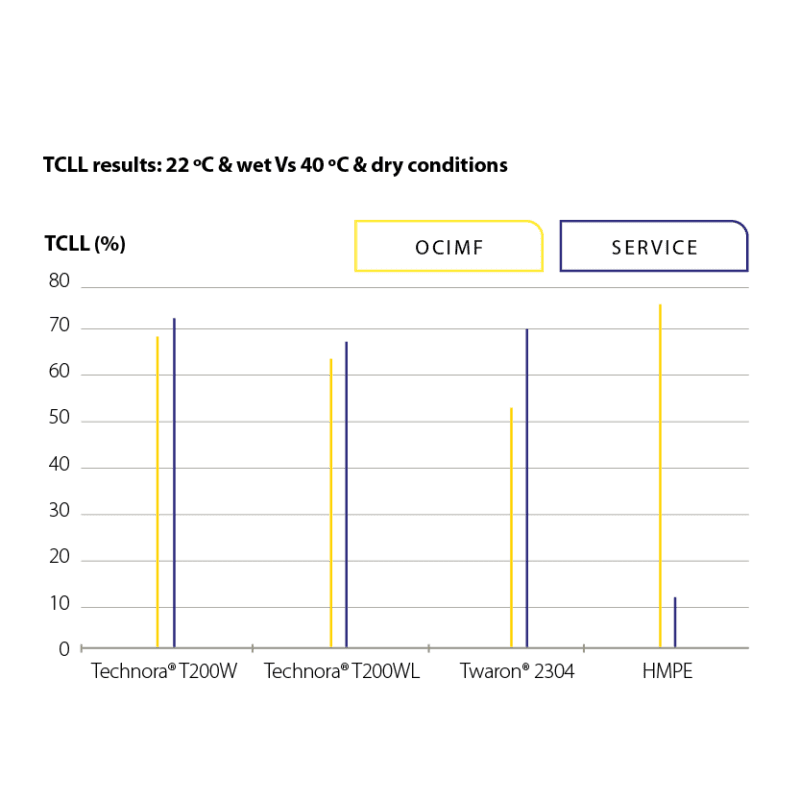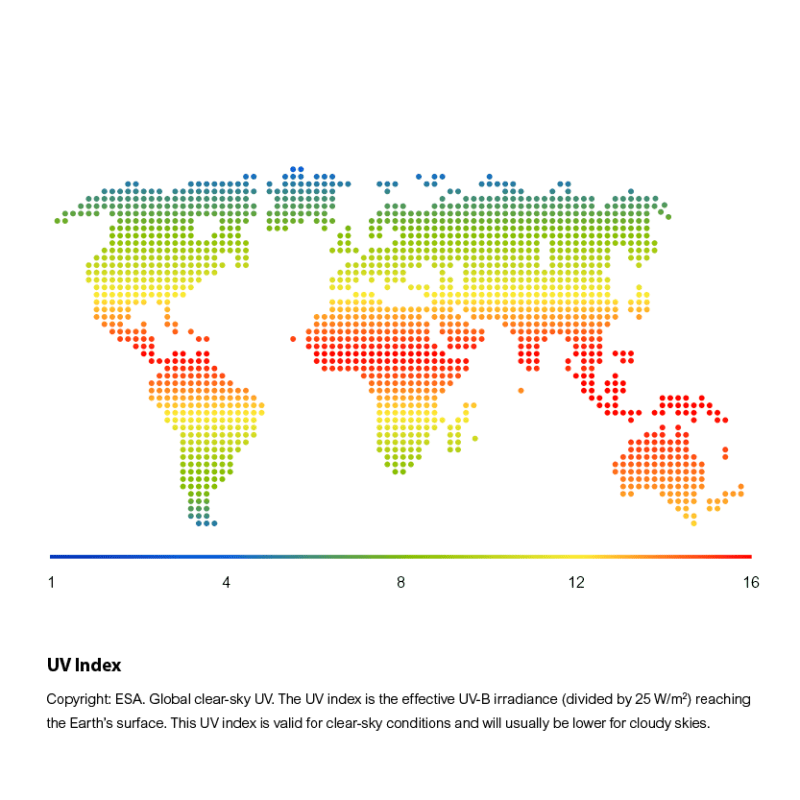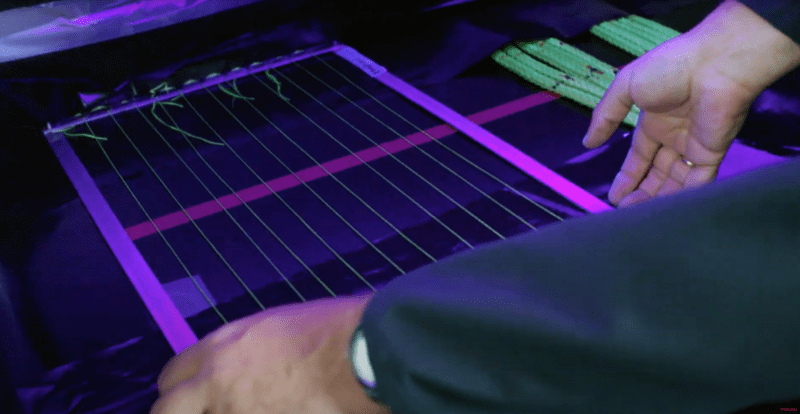Spotlight on Liftboats: What They Do & The Dangers They Pose
Picture a vessel that can sail to a jobsite, “plant” three or four giant steel legs on the seabed, and then lift its entire hull clear of the waves—creating a...

When it comes to mooring, strength is essential – especially in extreme conditions. Not only is it crucial to commercial success, but also to the safety of crew members and port workers.
With Teijin para-aramid fibers Twaron® and Technora®, you can be completely confident of your mooring lines’ strength. These fibers are proven to provide maximum durability and reliability – particularly at extreme temperatures and UV levels.
This strength performance is confirmed by independent rope testing authority TTI. TTI tested Twaron®-and Technora®-based mooring lines against HMPE ropes at temperatures typical of real-life conditions. The tests assessed strength, tensile performance, and creep resistance.

The Teijin aramid-based ropes consistently outperformed HMPE ones in strength (download full article here), with particularly significant margins at higher temperatures. In particular, at 50°C and 70% minimum breaking load, the aramid samples survived for 100 hours – while the HMPE ropes failed after only 10 minutes.

Aramid-based ropes also deliver superior strength under prolonged UV exposure. And, since mooring lines are often used in sunny regions with high UV levels, this is a particularly important advantage.

Testing at Teijin Aramid’s Research & Innovation Center found that braided aramid-based ropes outperform HMPE-based ropes when exposed to extreme levels of UV light (download full article here). Specifically, all the aramid ropes retained full strength even after 1,000 hours of UV exposure – and some retained strength for up to 4,000 hours.
From these results, it’s clear that aramid is the strongest mooring solution for the maritime industry – particularly in hot, sunny climates.
To request a rope sample, get in touch or find out more on the outstanding strength properties of Twaron® and Technora® in mooring lines, please visit our website www.teijinaramid.com/mooring-lines.

Sign up for gCaptain’s newsletter and never miss an update

Subscribe to gCaptain Daily and stay informed with the latest global maritime and offshore news


Stay informed with the latest maritime and offshore news, delivered daily straight to your inbox
Essential news coupled with the finest maritime content sourced from across the globe.
Sign Up